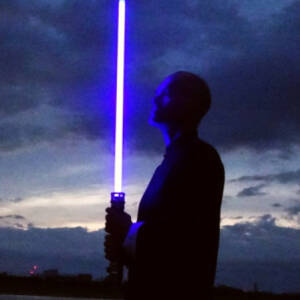This Is Our Cry. This Is Our Prayer.
Sadako Sasaki lived in Hiroshima at the time of the atomic bombing by the United States. Sadako was 2 years old when the atomic bomb was dropped on August 6, 1945, near her home by Misasa Bridge in Hiroshima, Japan. She was at home when the explosion occurred, about one mile from Ground Zero. In November 1954, when Sadako was 12 she developed swellings on her neck and behind her ears. In January 1955, purple spots had formed on her legs. Subsequently, she was diagnosed with leukemia (her mother referred to it as "an atom bomb disease"). She was hospitalized on February 21, 1955, and given, at the most, a year to live.
After being diagnosed with leukemia from the radiation, Sadako spent her time in a nursing home folding origami paper cranes in hope of making a thousand of them. She was inspired to do so by the Japanese legend that one who created a thousand origami cranes would be granted a wish. Her wish was simply to live. However, she managed to fold only 644 cranes before she became too weak to fold any more, and died on the morning of 25 October 1955. Her friends and family helped finish her dream by folding the rest of the cranes, which were buried with Sadako.
After her death, Sadako's friends and schoolmates published a collection of letters in order to raise funds to build a memorial to her and all of the children who had died from the effects of the atomic bomb. In 1958, a statue of Sadako holding a golden crane was unveiled at the Hiroshima Peace Park.
At the foot of the statue is a plaque that reads: "This is our cry. This is our prayer. Peace on Earth." Every year on Obon Day, which is a holiday in Japan to remember the departed spirits of one's ancestors, thousands of people leave paper cranes near the statue.
(From Wikipedia)
Moss Garden

Comments
Sign in or get an account to comment.


